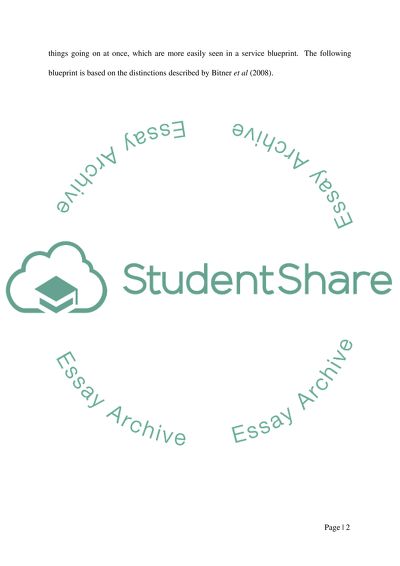Cite this document
(Evaluation of Customer Service at Sodexo Case Study Example | Topics and Well Written Essays - 2000 words - 13, n.d.)
Evaluation of Customer Service at Sodexo Case Study Example | Topics and Well Written Essays - 2000 words - 13. https://studentshare.org/marketing/1574505-report
Evaluation of Customer Service at Sodexo Case Study Example | Topics and Well Written Essays - 2000 words - 13. https://studentshare.org/marketing/1574505-report
(Evaluation of Customer Service at Sodexo Case Study Example | Topics and Well Written Essays - 2000 Words - 13)
Evaluation of Customer Service at Sodexo Case Study Example | Topics and Well Written Essays - 2000 Words - 13. https://studentshare.org/marketing/1574505-report.
Evaluation of Customer Service at Sodexo Case Study Example | Topics and Well Written Essays - 2000 Words - 13. https://studentshare.org/marketing/1574505-report.
“Evaluation of Customer Service at Sodexo Case Study Example | Topics and Well Written Essays - 2000 Words - 13”. https://studentshare.org/marketing/1574505-report.


